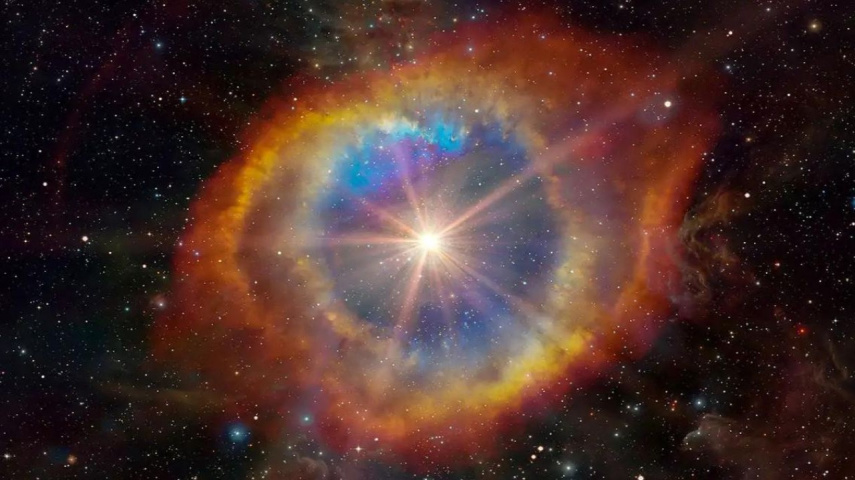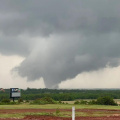Massive star explosion in sky expected; stargazers await once-in-a-lifetime event
Sky enthusiasts all over the world are buzzing with excitement for an amazing celestial event that will take place between now and September. Read on to know more!

-
Massive star explosion in the constellation Corona Borealis is poised to dazzle stargazers worldwide
-
The advanced telescopes like the James Webb Space Telescope will capture the event
Amateur astronomers and sky enthusiasts are preparing for an extraordinary event that will occur between now and September: a huge explosion in the night sky caused by a binary star system nestled within the constellation Corona Borealis, also known as the "Northern Crown", as per Earth.com.
Despite its usual dimness, this binary system, located 3,000 light years away from Earth, will briefly blaze with newfound brilliance, creating a captivating display visible to the naked eye.
The story of T Coronae Borealis
Astronomers are familiar with this awe-inspiring phenomenon, as it has occurred regularly throughout history. The event, which was first documented in 1866 by the Irish polymath John Birmingham and reappeared in 1946, involves a celestial tango between two stars locked in a deadly embrace.
This binary system, known as T Coronae Borealis or "Blaze Star," experiences a runaway nuclear explosion every 80 years, illuminating the cosmos with a burst of light similar to that of the North Star.
Insights into the Nova's outburst
Sumner Starrfield, an esteemed astronomer at Arizona State University, discusses his excitement for the upcoming nova outburst, a phenomenon he has studied since the 1960s.
With decades of experience, Starrfield is currently working on a scientific paper that predicts the insights astronomers will gain from this celestial event. "I could be today... but I hope not," he says with a chuckle, highlighting the unpredictable nature of cosmic events.
The science behind the spectacle
The peculiar relationship between T Coronae Borealis's two stellar components, a dying red giant and a dense white dwarf, is what makes it unique. The vast size difference between these stars allows matter from the red giant to accumulate on the white dwarf's surface.
Once a critical mass is reached, a runaway thermonuclear reaction occurs, resulting in a massive explosion with temperatures reaching millions of degrees Celsius in seconds.
As excitement grows for this celestial event, experts assure fans that advanced technology, such as the James Webb Space Telescope, will capture the event in all of its glory.
Witnessing this rare spectacle, however, does not require sophisticated equipment. Joachim Krautter, a retired German astronomer, advises skywatchers to simply look to the constellation Corona Borealis, where the explosion will occur.
ALSO READ: When is the next Total Solar Eclipse in the US after April 8, 2024?





 JOIN OUR WHATSAPP CHANNEL
JOIN OUR WHATSAPP CHANNEL





































































































